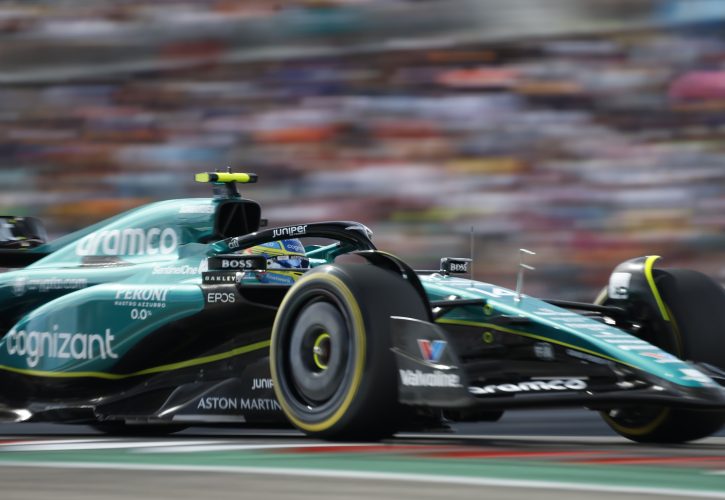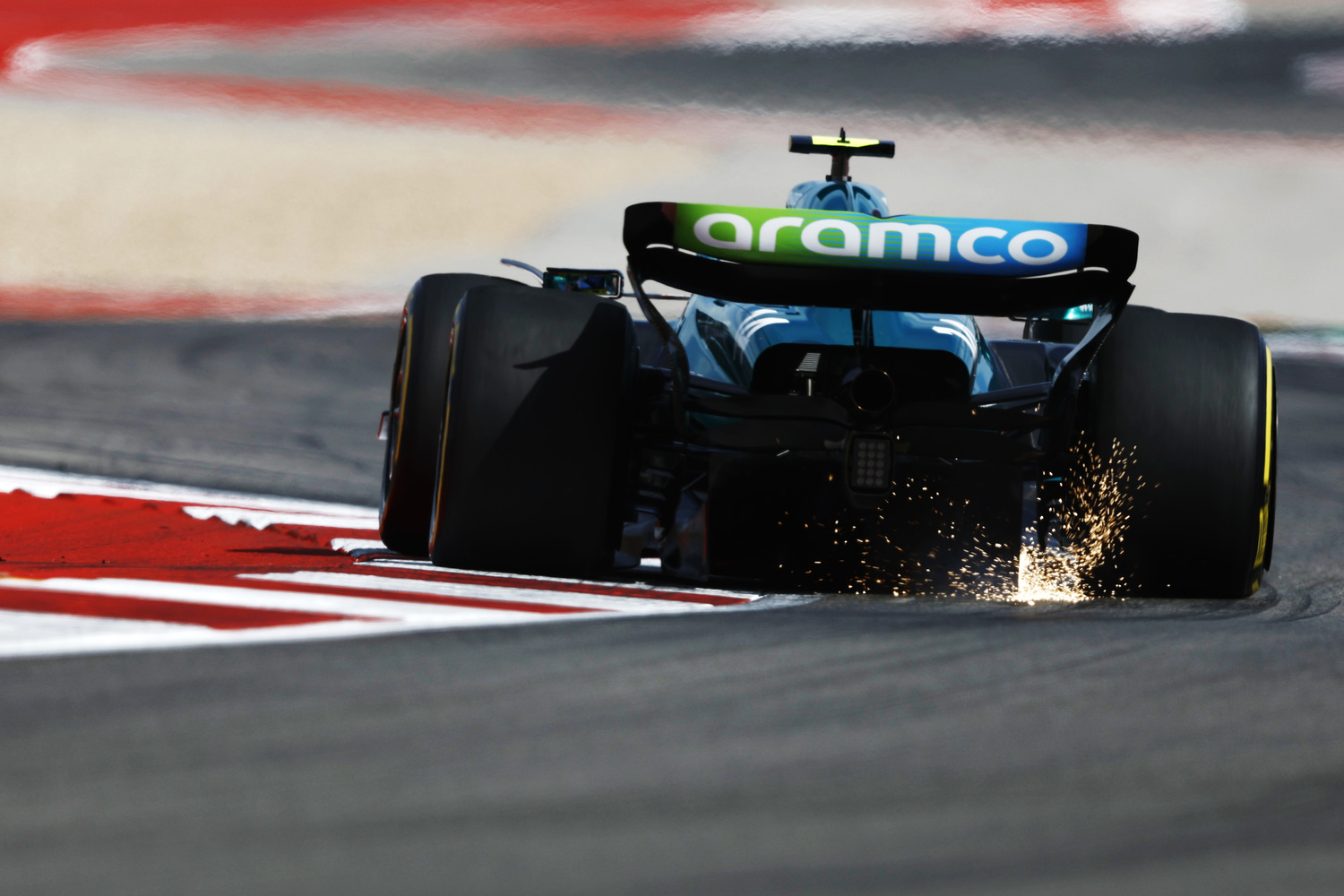
Aston Martin has revealed that the development of its AMR23 contender was side-tracked in the second part of the season by erroneous data produced by its simulation tools.
Aston hit the ground running in Bahrain at the start of its 2023 campaign and upheld its momentum until the early summer, with Fernando Alonso scoring 6 podiums in eight races.
However, when the Silverstone-based outfit kicked off in earnest its development programme, its performance inexplicably began to fade, although Alonso scored another podium at the Dutch Grand Prix at the end of August.
But progressively, Aston lost its footing relative to its rivals and drifted lower in the pecking order as its updates unsettled its car’s aero balance and abated its performance.
Ahead of last weekend’s US Grand Prix, Aston technical director Dan Fallows said that team green had understood where its setbacks were coming from.
“We can see where we went wrong in terms of upsetting the car balance,” he said, quoted by Motorsport.com.
“We’ve understood why that’s hurt our overall performance. Now, it’s a question of making sure that we don’t make the same mistakes again: it’s certainly been a year of learning.”

©AstonMartin
In Austin, Aston introduced a modified floor and revisions to the AMR23’s diffuser. But gauging the efficiency of the changes was undermined by a brake problem that hampered the team in FP1.
On race day, damage to his car’s undertray forced Alonso into an early retirement but teammate Lance Stroll, who like the Spaniard started his race from the pitlane, produced a solid drive to cross the checkered flag in ninth position.
The Canadian was then bumped up to P7 following the exclusions of Lewis Hamilton and Charles Leclerc.
Eric Blandin, Aston’s deputy technical director elaborated on the team’s development issues, which he says were rooted in the wrong information being fed to the team.
“We were led in a certain direction by our simulation tools on the aerodynamic side, and we did follow a path that was just the wrong one,” he explained.
“I think we have now corrected the issue with the new package.”

©AstonMartin
Aston Martin performance director Tom McCullough added that a primary hurdle facing the team’s engineers this year has been the pursuit of a performance range that accommodates both low-speed and high-speed corners simultaneously.
“Ultimately, with this generation of cars, being strong in low and high-speed corners, from a rear ride height optimization, is a little bit of a challenge without having porpoising, and how close you get to that. That is still the issue now two years down the road for everyone.
“If you look at our car, it hasn't been particularly strong in high-speed corners and low-speed corners [at the same time]. So, we're unable to do one or the other reasonably well, nearly since the start of the year.
“What we're trying to do is have an envelope that allows us to be strong at both lower ride heights and higher ride heights.”
McCullough hoped that the team’s Austin updates will male Team Silverstone’s car an all-round better contender.
“We have not made the car easier to drive,” he added. “But the updates that we brought [to Austin] are easier to drive. But you're always balancing that with being fast as well.
“What we're trying to do is just have a car that you can go to 24 races and be competitive at.”
Keep up to date with all the F1 news via Facebook and Twitter







